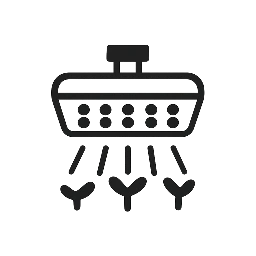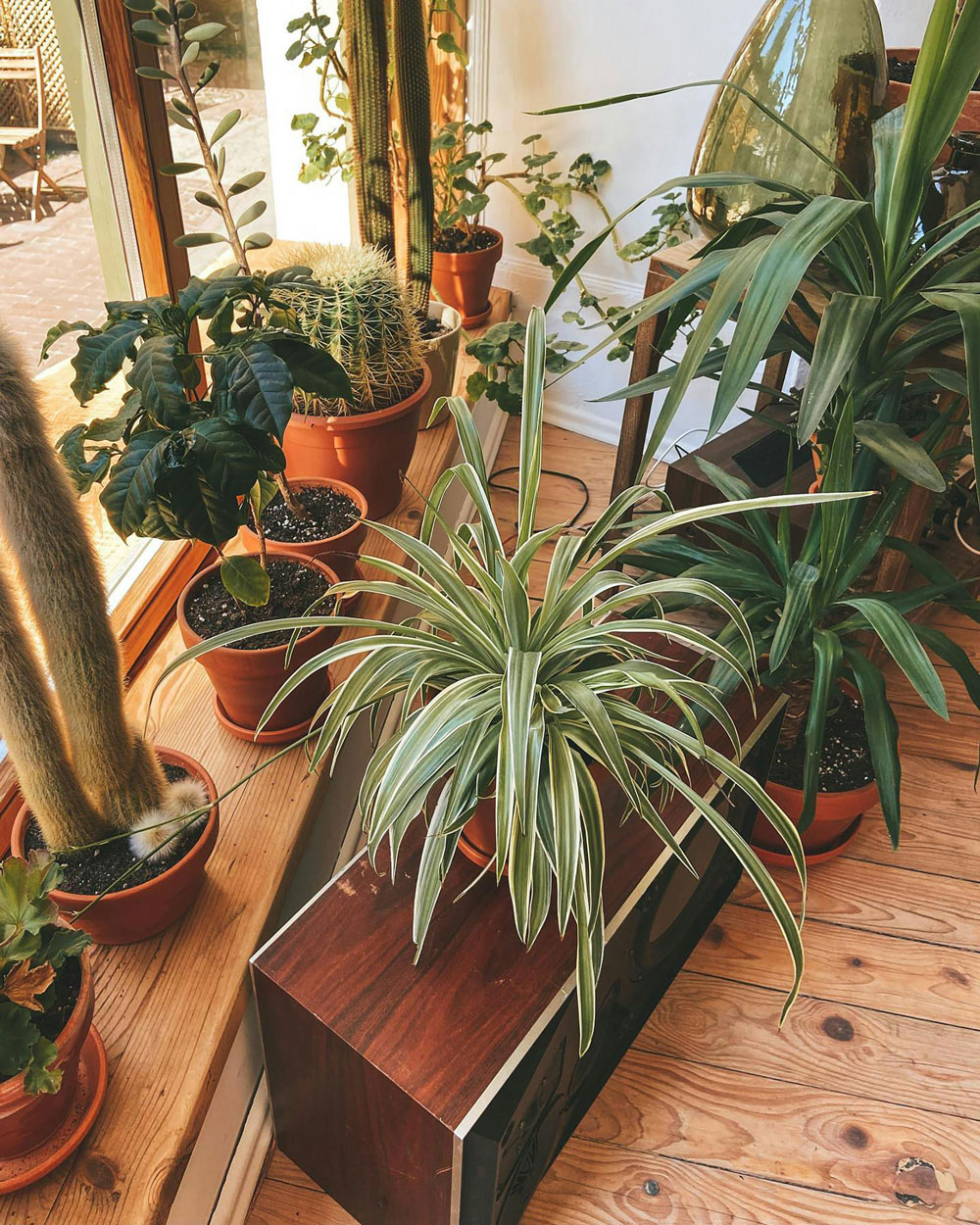Have you ever wondered if you can use just one grow light to keep all your different houseplants happy? The answer is a resounding yes. While each plant has unique light preferences, a single full-spectrum LED grow light can successfully support multiple varieties when arranged strategically. This approach not only saves space and money but also lets you create a stunning indoor garden display that thrives year-round.
Understanding Plant Light Personalities
Different plants have evolved under different light conditions, which explains their varying needs:
High-Light Lovers (12-16 hours daily):
- Succulents, herbs, flowering plants
- Need closest positioning to the light source
- Examples: Jade plants, rosemary, African violets
Medium-Light Appreciators (10-12 hours daily):
- Most tropical foliage plants
- Prefer bright but indirect light positioning
- Examples: Monsteras, pothos, philodendrons
Low-Light Adaptable (8-10 hours daily):
- Tough plants that tolerate shade
- Can be placed at the periphery
- Examples: Snake plants, ZZ plants, peace lilies
The Magic of Full-Spectrum LED Lighting
Modern full-spectrum LED grow lights have revolutionized indoor gardening because they:
- Mimic natural sunlight with balanced blue, red, and white wavelengths
- Produce minimal heat, allowing closer placement to plants
- Are energy efficient, costing little to run for 12+ hours daily
- Offer adjustable intensity through height control and timers
Creating Your Smart Plant Arrangement
The secret to success lies in spatial arrangement. Think of your grow light as the sun and position plants accordingly:
The Vertical Zone System:
- Zone 1 (6-12 inches below light): High-light plants like succulents and herbs
- Zone 2 (12-18 inches below light): Medium-light plants including most foliage varieties
- Zone 3 (18-24+ inches below light): Low-light plants and young cuttings
Horizontal Positioning Tips:
- Place taller plants at the back, shorter in front
- Rotate plants 90 degrees weekly for even growth
- Use plant stands to create height variations
- Group plants with similar needs together
Sample Layout That Works Beautifully
Here’s a proven arrangement under a standard LED panel:
Center Position (hottest spot):
- 1-2 succulent varieties (e.g., echeveria, haworthia)
- Small herb garden (basil, thyme)
Middle Ring:
- Variegated pothos and philodendron
- Young monstera or fiddle leaf fig
- Prayer plant collection
Outer Edges:
- Snake plant cluster
- ZZ plant arrangement
- Peace lily collection
Setting Up Your Universal Light Schedule
Most mixed plant collections thrive with this balanced approach:
- Duration: 12 hours on, 12 hours off (using a timer)
- Height: Start with light 18 inches above the tallest plant
- Schedule: 7 AM to 7 PM mimics natural day cycles
- Observation: Watch for two weeks and adjust as needed
Troubleshooting Common Issues
If plants show stretching:
- Move closer to the light source
- Increase duration by 1-2 hours
- Ensure light intensity is sufficient
If leaves show bleaching:
- Move further from the light
- Check for adequate air circulation
- Ensure proper watering routine
If growth seems uneven:
- Implement consistent rotation schedule
- Consider adding a reflective background
- Verify all plants receive some direct light
The Benefits of This Approach
Using one quality grow light for multiple plants offers significant advantages:
- Cost effective – One-time investment serves all plants
- Space efficient – Creates a concentrated growing area
- Aesthetically pleasing – Forms an attractive display
- Easy to manage – One timer controls everything
- Flexible – Easy to rearrange as collection changes
Getting Started With Confidence
Remember that most houseplants are surprisingly adaptable. While they have ideal conditions, they’ll generally thrive with consistent, quality light—even if it’s not perfectly tailored to each species. The key is starting with the basic setup, observing your plants’ responses, and making small adjustments over time.
Your plants will tell you what they need. Pale leaves typically mean more light, while scorched leaves suggest too much. Within a few weeks of consistent lighting, you’ll see improved growth, better coloration, and overall healthier plants.


Leave a Reply